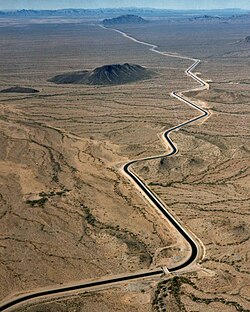Australia and Oceania

Australia
New Zealand
The unique Tokaanu Tailrace Bridge, a combined road and water bridge crosses a power canal of the Tongariro Power Scheme in the North Island of New Zealand. State Highway 41 travels along the top of this bridge, with the Tokaanu Stream, an important trout spawning stream, running under the road surface.
Contents
- Africa
- Botswana
- Egypt
- Libya
- South Africa
- Sudan
- Tunisia
- MOROCCO
- Asia
- Sri Lanka
- China
- India
- Israel
- Japan
- Jordan
- Kazakhstan
- Taiwan
- Turkmenistan
- Australia and Oceania
- Australia
- New Zealand
- Europe
- Austria
- Belgium
- Croatia
- Cyprus
- France
- Germany
- Greece
- Ireland
- Italy
- Malta
- Montenegro
- Netherlands
- North Macedonia
- Portugal
- Russia
- Spain
- Sweden
- Turkey
- United Kingdom
- North America
- Canada
- United States
- Mexico
- South America
- Brazil
- Colombia
- Peru
- References





